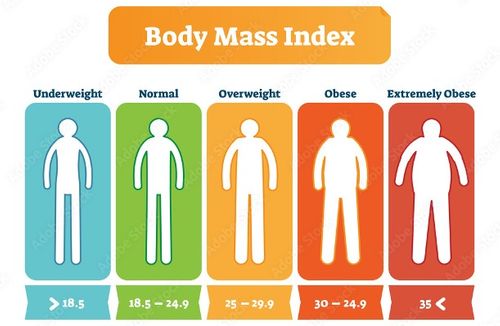Why BMI is a flawed measure of your fitness
Aug 30, 2022 · 2 mins read
0
Share

What is BMI?
Body mass index (BMI) is a 200-year-old formula developed to measure the degree of obesity in the general population. But it isn’t the best way to measure your health.
Save
Share
BMI is calculated from the mass (weight) and height of a person. It is defined as the body mass divided by the square of the body height.

Save
Share
The BMI categories are defined by the World Health Organization as underweight, normal weight, overweight, moderately obese, severely obese and very severely obese.

Save
Share
BMI was introduced in the early 19th century by Belgian Lambert Adolphe Jacques Quetelet. He was a mathematician, not a physician.
Save
Share
BMI value doesn’t tell us the overall body composition. It fails to tell us the percentage of fat, muscle, bone, water and tissue that our body consists of. Two people of the same weight and height could have very different body compositions.

Save
Share
Many athletes fall in the obese category of BMI because of high muscle mass. But that doesn’t mean they are unhealthy or fat.

Save
Share
Higher muscle mass is beneficial as it helps to burn more calories even when resting. It increases your strength and movement. But BMI gives a flawed image of being unhealthy if your weight doesn’t fall in its “normal” range.
Save
Share
A person can be in a “normal” weight range according to the BMI but practice a sedentary lifestyle. People who don’t get enough exercise can have health issues like heart disease, diabetes, and high cholesterol.
Save
Share
Body composition is a better indicator than BMI as to whether your body fat percentage is in a healthy range.
Save
Share
Final Note: Be wary of only using BMI as a measure of your health, and focus instead on body composition. MRI, hydrostatic weighing, DEXA, calipers, waist-to-hip ratio, blood pressure, and glucose levels are better ways to understand whether you are healthy or not.
Save
Share
0